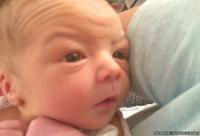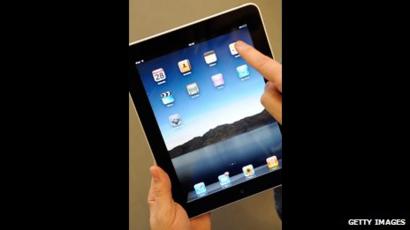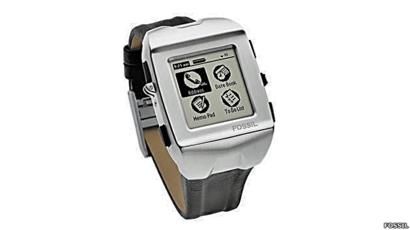The British teenager who sold his news summary app to Yahoo for millions is facing a major life choice as he weighs education and business opportunities.
Nick D'Aloisio told the BBC he was currently deciding between working full-time for the California-based company or going to university.
The 18-year-old has just released an iPad edition of Yahoo's News Digest, for which he acts as project manager.
He is also developing an Apple Watch version, among other projects.
"For the lightweight news consumption that we have, [News] Digest is absolutely suited for this device," he said.
"Because of the summarisation element to this app, it just inherently makes sense when you have a constrained screen.
"We've been thinking about designing the concept of taking Digest to wearables for a while now, and we're going to jump at the opportunity."
The app's icon briefly features during the Watch promotional video on Apple's site.
Mr D'Aloisio said his team had already begun work on the software before the launch event, but had been kept "in the dark" about how the device functioned.
He added that he also intended to bring the app to Android Wear smartwatches.
News Digest has already been downloaded to about 1.3 million iPhones and 623,000 Android handsets, according to analytics provider Xyo.
Yahoo would not confirm those numbers, but said that it believed:
- 65% of those who download the app became monthly active users
- 40% of those who download the app became daily active users
Mr D'Aloisio was only 16 years old when he secured a $250,000 (£154,000) investment in his software from Hong Kong billionaire Li Ka-Shing.
He subsequently launched the app Summly as a standalone news-summarisation product, but it was only a few months before Yahoo acquired the technology and his services, in a deal reported to be worth £20m.
Since then he has headed up a team of about a dozen software engineers and designers to create and run News Digest, at the same time as sitting his A-level exams.
Yahoo's app delivers two daily briefings of eight to nine stories, which are assembled by algorithms using text, images and videos sourced from online providers including:
- Reuters
- Sky News
- Agence France Presse
- Techcrunch
Once the user has clicked through all the material, a graphic tells them they are "done".
"It's been very intense because I'm accountable and in charge of this product," Mr D'Aloisio told the BBC.
"So, for the last year-and-a-half I've been flying back and forth between London and California."
Having achieved high enough grades to qualify for his university offers, he now faces a choice as to whether to start a degree in October or not.
"I'm still undecided - I'm weighing up university and Yahoo," he explained.
"But I think there could be a nice middle ground here, where I think I could potentially... be doing some higher study as well as continuing on with Digest.
"I am still very passionate about continuing my education, that's precisely why I made sure I finished school with everyone else in my age group, But at the same time this is a great product and we're working on some really exciting things."
More storiesFor the moment, Mr D'Aloisio is promoting the iPad edition of Yahoo's app, which introduces new features.
These include:
- the ability to customise what time of day the updates should be provided
- a new area called sections, covering entertainment, sports, technology, politics, business, domestic news and world news. These contain additional summarised stories that were not picked for the main selection
- on Sundays, a two to three minute video made by US journalist Katie Couric, in which she briefs viewers on a news story, in a segment called "Now I get it"
Yahoo's app competes against a growing number of other news briefing services including Flipboard, Circa and Feedly. Not everyone is enamoured with the idea of such services piggybacking the work of journalists.
"The big question is, are these apps providing added value for readers and publishers, or are they just another parasitical kind of aggregator," asked Dominic Ponsford, editor of the Press Gazette site.

Please turn on JavaScript. Media requires JavaScript to play.
WATCH: Rory Cellan-Jones met Nick D'Aloisio when the News Digest app first launched in January
"There's so much aggregation going on online - just listing and lifting other people's stories and content isn't what you need."
But Mr D'Aloisio defends News Digest's model, saying it acts as a "trusted curator", providing bite-sized chunks of news to busy readers, and offering links to the original sources for those with more time.
Time is something he is now short of himself, and while he may be famous for being the "teenage coder who made millions", he acknowledges he does not do much programming himself anymore.
"I do dabble in the iPhone coding for the application, but by and large my role has moved from doing a lot of the coding to becoming more of a product manager - so, I'm in charge of the design, the branding, the strategy, the development of it," he said.
"That is by and large what I spend my time on.
"But I have also been helping out with a few other efforts that have yet to be announced."















